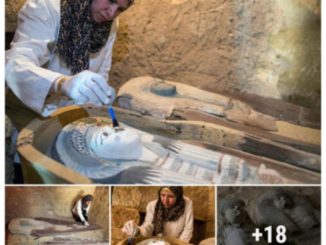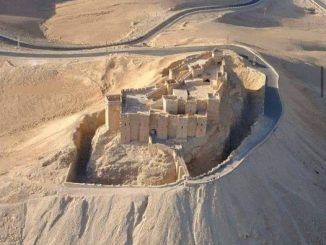Amidst the annals of history, few names evoke the same sense of awe and terror as the Mongols. Renowned for their unparalleled military prowess and nomadic lifestyle, the Mongol Empire stretched across vast swathes of Asia and Europe during the 13th century CE. Central to their success on the battlefield was their formidable armour, crafted with precision and designed for maximum protection and mobility. In this blog post, we embark on a journey to explore the intricacies of Mongol armour, shedding light on its construction, significance, and enduring legacy in the annals of military history.
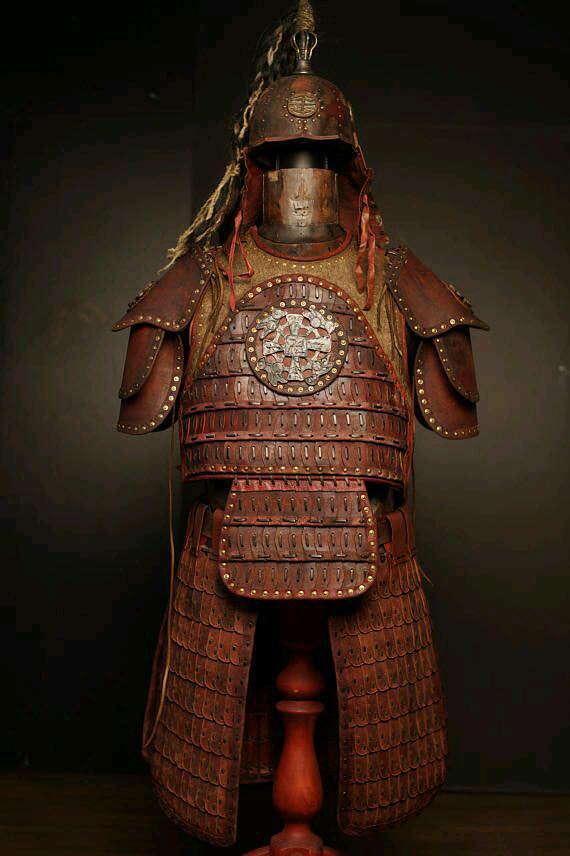
Unraveling the Mysteries of Mongol Armour
Mongol armour was a testament to the ingenuity and resourcefulness of its creators, reflecting the harsh realities of life on the steppe and the demands of warfare in the 13th century CE. Composed primarily of leather, hardened silk, and occasionally metal plates, Mongol armour offered a unique blend of flexibility and resilience. Unlike the heavily encumbered knights of Europe, Mongol warriors prized mobility above all else, allowing them to swiftly maneuver across the battlefield and outmaneuver their adversaries with ease.
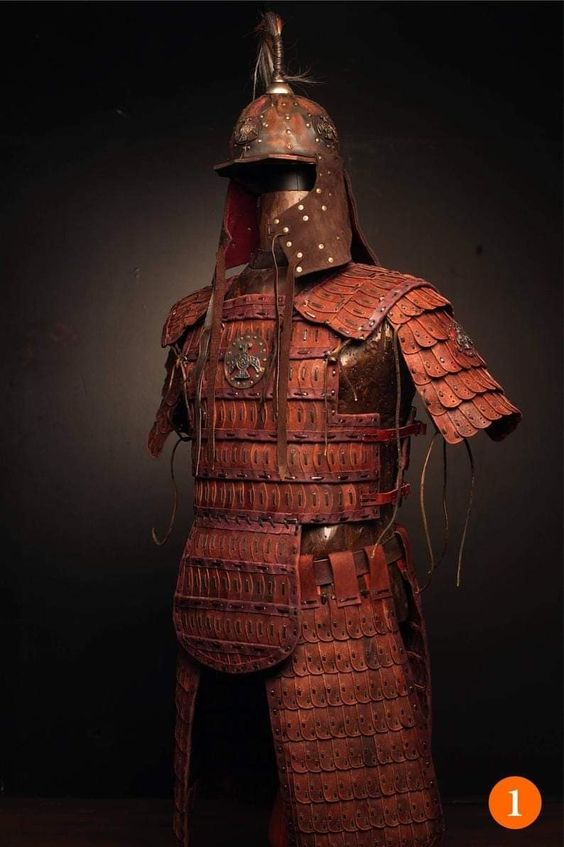
The Evolution of Mongol Armour: Adaptation and Innovation
Over the course of the Mongol Empire’s expansion, their armour evolved in response to changing tactics and environments. Early iterations of Mongol armour were simple and utilitarian, designed to withstand the rigors of nomadic life and skirmishes with neighboring tribes. However, as the empire grew in size and sophistication, so too did their military technology. Mongol armour became increasingly sophisticated, incorporating elements such as lamellar construction and overlapping plates to enhance protection without sacrificing mobility.
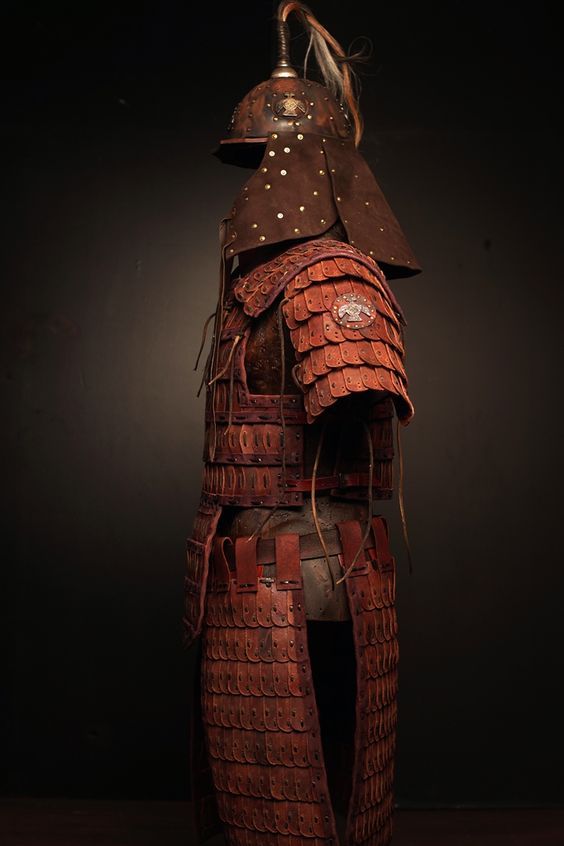
Symbolism and Prestige: The Cultural Significance of Mongol Armour
Beyond its practical utility, Mongol armour held deep cultural significance within the empire. For Mongol warriors, their armour was more than just a means of defense—it was a symbol of status, honor, and allegiance to their leaders. Elaborately adorned with symbols of power and prestige, Mongol armour served as a visual representation of the empire’s might and authority, inspiring fear in their enemies and awe in their allies.
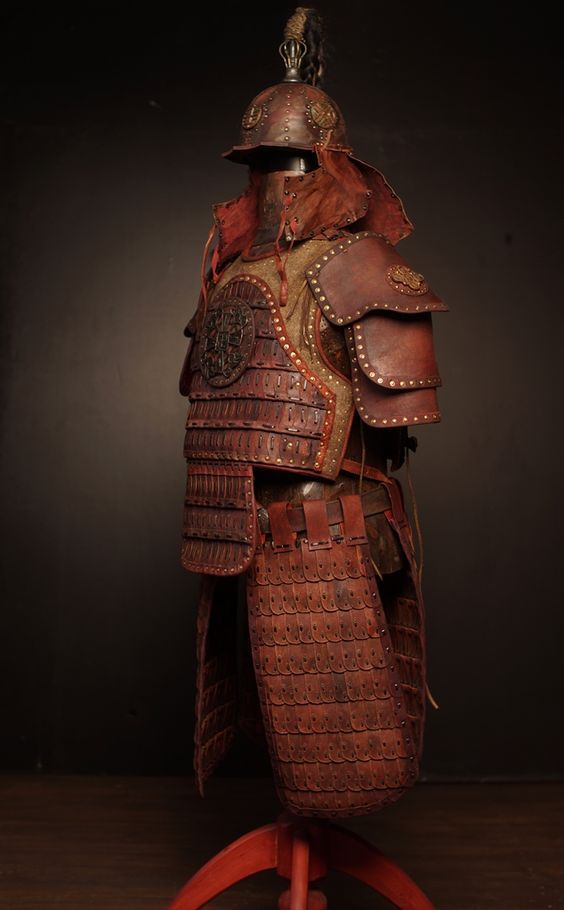
Legacy of Mongol Armour: Lessons for the Modern Age
As we reflect on the legacy of Mongol armour, we are reminded of the enduring impact of military technology on the course of history. The Mongols’ mastery of warfare, coupled with their innovative approach to armour design, enabled them to conquer vast territories and reshape the geopolitical landscape of Eurasia. Moreover, the study of Mongol armour offers valuable insights into the principles of adaptability, resilience, and strategic thinking—lessons that remain relevant in today’s rapidly changing world.
Conclusion:
In conclusion, the story of Mongol armour is a testament to the indomitable spirit of human ingenuity and the timeless pursuit of military excellence. By delving into the intricacies of its design, construction, and cultural significance, we gain a deeper appreciation for the complexities of warfare in the 13th century CE and the pivotal role played by technology in shaping the course of history. As we continue to unravel the mysteries of Mongol armour through archaeological research and historical inquiry, let us heed the lessons of the past and strive to build a future grounded in wisdom, understanding, and respect for our shared heritage.
Read more : https://model.icusocial.com/author/bspvt01/?utm_source=KC&utm_medium=H&utm_id=3
